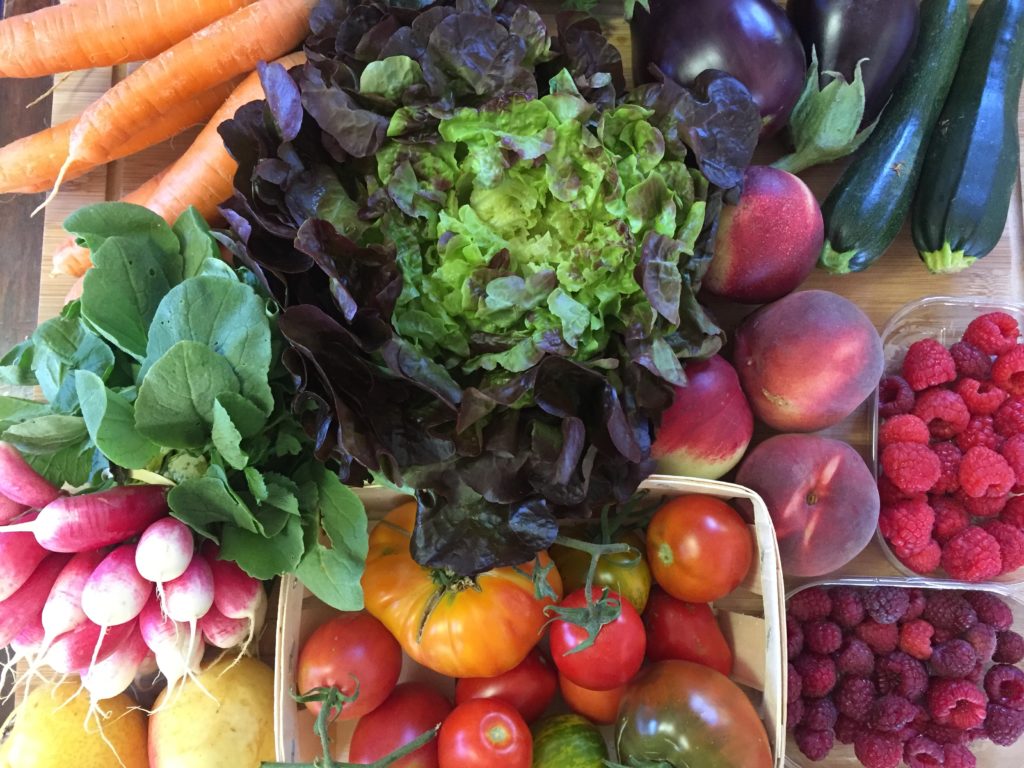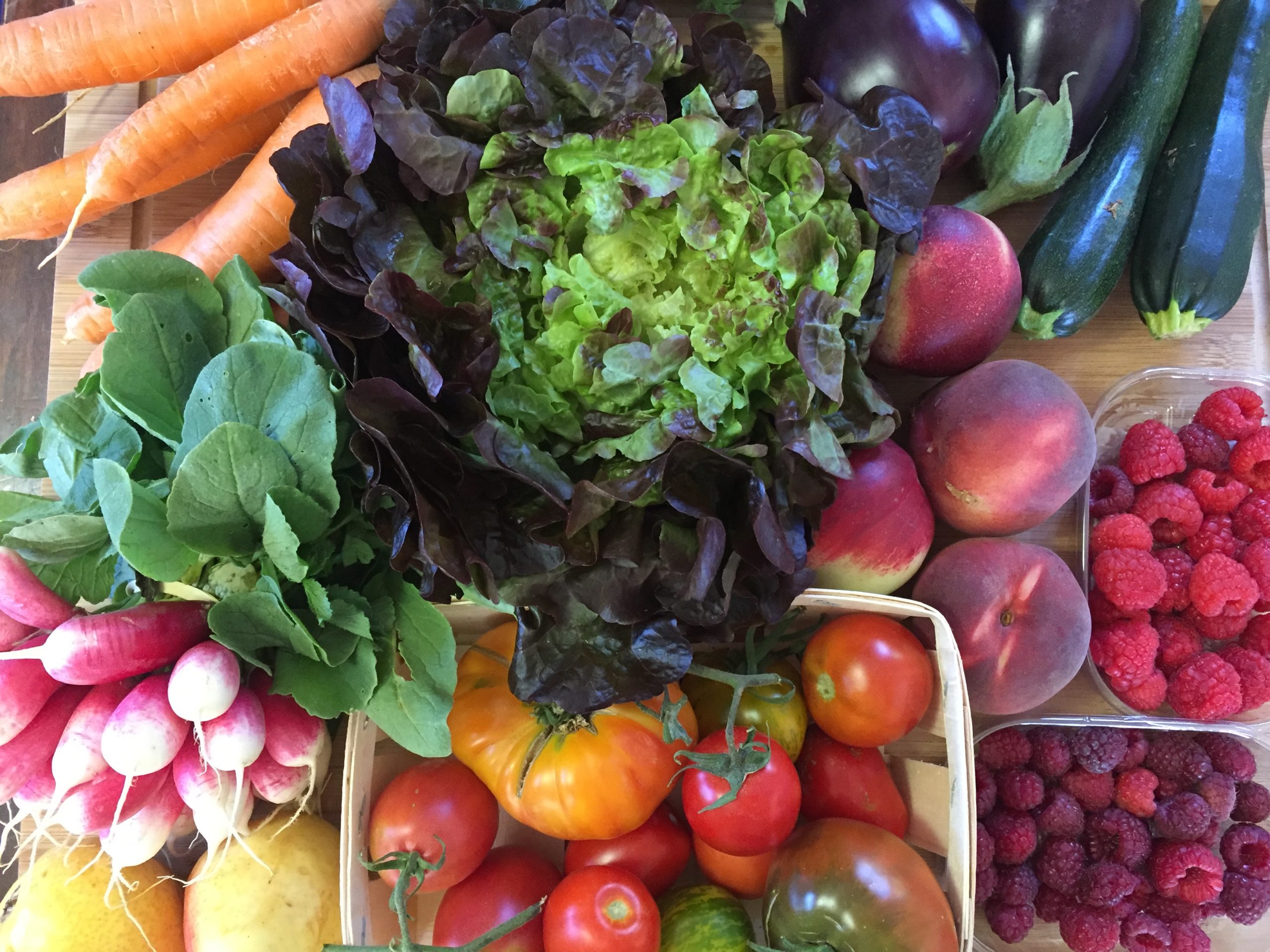
I was a child of the 80’s. Both of my parents worked outside of the home while my sister and I were bouncing around from school to swim practice to homework. We grew up with all the packaged, processed, and convenience foods that were so popular during this decade and frankly made life easier for my parents. Cereal, poptarts, mac and cheese, frozen dinners, american cheese slices, oreos, soda, even twinkies! Yes…these were actually in my home and often in my lunch. This doesn’t mean we didn’t also eat fruit and veggies and home cooked meals but we also ate A LOT of processed food.
When I got to high school and started to have even more freedom over what I was eating, candy bars before swim practice and fast food at lunch became the norm. This pattern continued into my first year of college with lots of mountain dew and mochas joining the mix to keep me “fueled” for my courses.
It took another year or so before I started “waking” up to the reality of what I was putting in my body. I was gaining weight, my acne that started in high school was getting worse, my periods & mood were all over the place, my allergies were horrible, and I was always tired.
I became interested in “health food”, vitamins, and natural healing. I started visiting my local health food store (this was long before “Whole Foods” was a thing) and bought books about health, healing, and nutrition. Thankfully it started to sink in and both my educational path and health took a different course.
I’ve experimented with many different styles of eating over the years but the one thing that is true for every single style is you have to ditch the processed stuff and get back to the basics. As you can imagine, this was a really big change for me!
Start With Real Food
A diet to support healing and cancer prevention must start with REAL WHOLE FOODS.
Food as close as possible to how it’s found in nature. Food that still contains all of its innate nutrition; fiber, protein, fat, vitamins, minerals, and phytonutrients.
- Fruit
- Vegetables
- Meat, Poultry, or Fish
- Eggs
- Beans or Lentils
- Whole Grains (meaning they still look like tiny little grains)
- Whole Fat Milk
- Herbs or Spices (fresh or dried)
- Nuts or Seeds
You get the idea. Basically, food that doesn’t need a label. When you see it, you know exactly what it is!
3 Levels of Processing
When a food has been processed away from it’s original source, it loses some of its nutrition…sometimes ALL of its nutrition depending on how processed it is. Processing is done to enhance convenience, speed up cooking, extend a food’s shelf life, or add flavor & interest. Not all processing is bad.
Level 1
Processing to enhance convenience or change the texture or format of a food can definitely still be part of a healthy anticancer diet. These options are often still just the original food item with little to no added ingredients. Here are some examples of “Minimally Processed Food”:
- Apples to Applesauce
- Almonds to Almond Butter
- Fresh Fruits or Veggies to Frozen Fruits or Veggies
- Kale to Kale Chips
- Fresh Fish to Canned Tuna, Salmon, or other fish
- Dried Beans to Canned Beans (ideally unsalted)
- Soy Beans to Tofu, Tempeh, or Miso
- Whole Milk to Yogurt, Butter, or Cheese
Level 2
Processing to extend shelf life or change the nature of the food can sometimes still be part of a healthy anticancer diet but there’s a wide range of products. At this stage you have to be very mindful of what ingredients have been added; preservatives, stabilizers, flavors, sugar, etc. Choose options with the least amount of added ingredients and with names that you actually recognize. Here are some examples of “Moderately Processed Food”:
- Chicken Tenders
- Plant-Based Milk or Yogurt (like oat, almond, coconut, etc)
- Veggie Burgers
- Soy or Nut-Based Cheese
- Whole Grain Bread or Pasta
- Whole Grain or Seeded Crackers
- Chocolate
- Nut and Fruit Bars
Level 3
The final level of processing is the least like real whole food. I would argue that it’s not really food at all. More of a food-like substance. It’s offering very little, if any, nutritional benefit while adding loads of artificial ingredients, preservatives, sugar, colors, and other chemicals into your body. Yep, these (unfortunately) were the foods I was filling up on in my youth. Here are some examples of “Ultra Processed Food”:
- Poptarts
- Cheeze-its, Goldfish, Doritos, etc.
- Twinkies, Oreos, etc.
- Packaged mac and cheese
- Sweetened breakfast cereal
- Packaged pastries
- White bread
- Candy
- Soda
- Sport or Energy Drinks
Now of course this doesn’t mean you can’t ever have a soda or piece of white bread or a candy bar. But ideally this would be rare. Not only do these foods not provide any meaningful nutrients they are filling you up (or your children) with empty calories and sugar and replacing the real, whole, nutrient-dense foods your body needs.
The chemicals in these products are also wreaking havoc on your gut, microbiome, and immune system. They are setting the stage for leaky gut, toxic burden, and chronic inflammation in your body. This can eventually lead to a whole host of health problems, including cancer.
Transitioning to a Real Food Diet
Step 1
The first step is to remove the most problematic foods from your diet. Take an honest look at the food you currently have in your fridge & pantry and take inventory of what would be considered “processed” and what would be considered “ultra processed”. Ideally throw out all of the ultra processed foods and make a commitment to replace the others with better options once you run out of what you currently have.
Step 2
Work towards a goal of 50/50. This means that at least half of what you’re eating every day is coming from real, whole foods and minimally processed food.
Step 3
Eventually work up to 80/20. Where at least 80% of what you’re eating is real whole nutrient-dense foods. This will make sure you’re fueling your body with the nutrients you need. But notice there’s still some wiggle room. It’s not all or nothing and it doesn’t have to be 100% perfect for you to see the benefit.
Every step you take in the right direction is a step away from cancer and a step towards healing and optimal health.
To help you get started, download your free guide: The 4 Most Toxic Foods To Avoid During Cancer Recovery.
